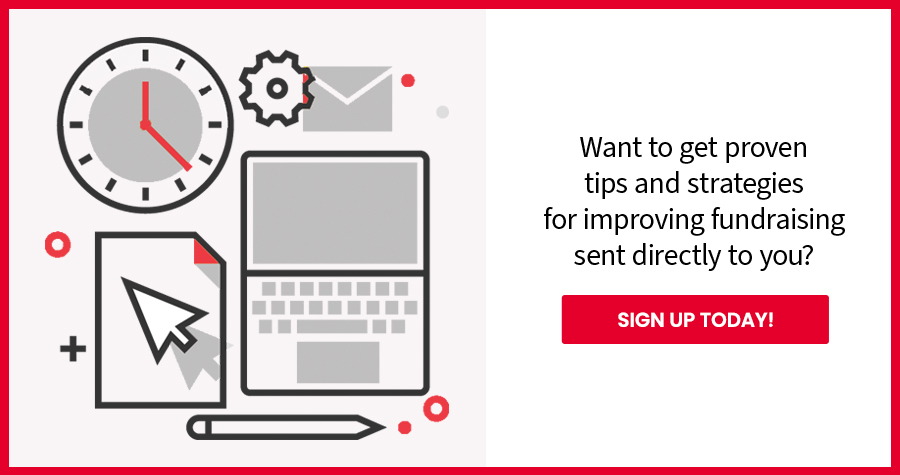Direct response strategies are often structured around moments in time: holidays, emergencies, infrastructure needs, or when you pay your bills. As soon as our donors break the seal on that carrier envelope, it’s just a matter of time until the appeal is out of mind. But your newsletter shouldn’t be that way.
It’s not just that one moment, it’s every extended moment that your newsletter remains in the hands (or on the shelf) of your compassionate following. Whether that be at the office, your home, or even face down on your lap as you fall asleep on a Sunday afternoon, your newsletter has a power that should be harnessed with intention and performance in mind.
Purpose
The purpose of your newsletter is to report back on what your donors’ gifts are doing. You have about 8 pages of prime real estate to share stories of success, lives changed, numbers of meals served, Bible translations completed, and so much more!
Procedure
Don’t lose sight of core direct response principles when designing your newsletter. The carrier envelope should still have one goal–to be opened, the need must still be apparent (it didn’t magically disappear), and an effective reply device is always recommended.
People
It’s about your donors. We think it’s safe to assume that at this point, your ministry has shared many stories of hurt and heartache and the urgent need for help. A newsletter is your opportunity to bring it full circle and report back on the lives that your donors helped change and transform into something far greater. Your ability to show life transformation through your communications, will continue to build a stronger sense of connection and loyalty to all that your ministry does.
Plea
Your need has not disappeared, so your newsletter should still focus on presenting a clear call-to-action, and opportunities for your donors to get involved and help again today. It’s not front and center, but the ask should be softly visible throughout the package. Just because you are sharing stories of success doesn’t mean you are done fundraising. Your newsletter is a core fundraising mechanism and should be treated as such when writing it.
Provide
Your newsletter serves to provide multiple key benefits to your fundraising program. Some of this impact is tangible and quantitative, such as a lift to income, additional revenue generation, and a boost to surrounding mail pieces. Some of this impact is intangible and qualitative, providing an opportunity for deeper and more expansive connections between your donors and the breadth of your ministry. And the combination of this impact is powerful and invaluable in extending your ministry’s communication and reach.



Kevin Feldman
Thank you for this, Douglas! Many times the most difficult job of the development team is to extricate the success stories from program workers. For the Executive Director and Board, this should be required as part of a program’s monthly reporting.
I would like to add one more to the “Provide” category. Great newsletters can be an effective tool for acquisition. Make them good enough so donors and volunteers want to share them, and put them on the waiting room tables of their hairstylist, dentist, and physician– or put them on their own coffee tables as a topic for conversation.
Mike Paddy
Good reminders to those of us who might treat newsletters lightly or who find them a drudgery to write how ever often we write and send them out!